I’ve had a few questions regarding what’s in my camera bag when I travel, so here it is! I try to pack as lightly as possible and take only things that I know I will use, to avoid carrying around too many “just in case” items.

Apple iPhone 5:
I always carry my unlocked iPhone with me when I travel. Depending on the trip, I may get a local SIM card at my destination, or I’ll just rely on local wifi. I use my phone on to check reviews for restaurants, hotels and attractions online or on Trip Advisor. And of course for the more fun stuff like quick happy snaps to post to Instagram or Facebook during the trip.
Apple 13″ Macbook Pro:
Because I do a lot of photography when I travel, I need to download my images on the go. Although I’m drooling over the new MacBook Air, at the moment I’m traveling with my 13″ MacBook Pro. I use an InCase neoprene sleeve, as well as an InCase hardshell casing to protect it from scratches and other potential surface damage. I also use an iSkin ProTouch Keyboard Protector to avoid any unwanted dust or sand (or tiny tropical bugs?) to get in between the keys. And of course I carry the power supply and depending where I’m traveling to, I will also carry the required Apple Travel Adaptors.
External Portable Battery Pack Charger for Smartphones:
If you use your smartphone camera and social media apps as much as I do, your battery probably isn’t going to last as long as you like. So I carry a portable battery charger to recharge my phone on the go, no outlet required.
 Nikon D7000 16MP Camera:
Nikon D7000 16MP Camera:
I recently upgraded from my Nikon D90 to the D7000. Costa Rica was my first trip with this camera and I loved shooting with it. The biggest improvement over the D90 is the low light photography, with the capability to go to 6400 iso, while the D90 was limited to 3200 iso. It shoots amazing HD video as well.
Nikon 35mm f/1.8 Lens:
The 35mm lens is just wide enough to capture environmental shots like landscapes, and have the depth of field needed for portraits and close ups. For travel photography, the fixed focal length forces you to get close to the action, which helps you get over your shyness of shooting in new places. The 1.8 aperture is perfect for catching sharp images in low light conditions. I’ve found that using a prime lens has been great for crafting my photography skills and image framing. I also found, during my travels in Costa Rica, that the 35mm lens was excellent for shooting video.
Nikon 18-105mm f/3.5-5.6 Lens:
A perfect all-purpose lens. I’ve taken many trips with a downsized kit and carried only this lens, and have always been happy with its’ versatility. You have the wide angle at 18mm for those landscape shots and then decent zoom ability up to 105mm for those more intimate shots. I love this lens and don’t see it leaving my kit any time soon.
Nikon 70-300mm Zoom Lens:
This is a good lens to have with you if you’re doing nature or sports photography. I used this lens quite a bit while in Costa Rica to shoot wildlife that you either cannot or should not get to close to (eg. crocodiles). I also used this lens a lot during the 2010 Winter Olympics in Vancouver to shoot the sporting events and caught some amazing images! If you travel with this lens, I recommend also carrying a tripod or monopod, as the more you zoom, the more camera shake becomes an issue.
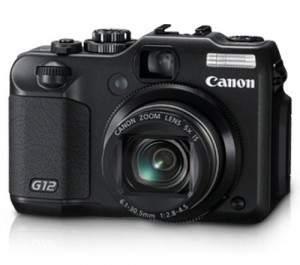 Canon Powershot G15 Digital Camera:
Canon Powershot G15 Digital Camera:
I always take a point and shoot camera with me when I travel for those crazy adventures (like zipling) that make it difficult to carry a DLSR. I chose the Canon G12. This camera gives you to shoot on full automatic mode, while also allowing you the option to fully control everything manually. It’s a great camera to have for scuba diving as well, in which case you would need to buy an underwater housing for it.
Western Digital 1TB Portable Hard Drive:
It’s always a good idea to back up your images and other data while traveling. For this reason I carry a portable external hard drive with me when I travel. I shoot in RAW format, so storing them in the cloud is not always ideal with such large files and unreliable internet connections. An external drive is always a good alternative.
32GB USB Flash Drive:
I use this to transfer files and images from people I meet along the way. These days most people travel with a small laptop or an iPad and when you have fun experiences with people, it’s always fun to share the images. A USB stick makes that quick, easy and instant, instead of relying on people to send you the images via email later.
Circular Polarizing Filter:
Polarizing filters increase color saturation and decrease reflections. This is one of the only lens filters that (so far) cannot be replicated using digital photo editing. This filter is an indispensable tool that I always keep in my camera bag. They can get fairly expensive, but they are worth every penny!
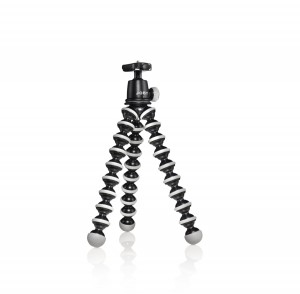 Joby GorillaPod:
Joby GorillaPod:
This is a great alternative to carrying around a big bulky tripod. The legs are designed to wrap around and bend, allowing you to attach the tripod securely to almost any surface. It’s small and compact and will fit into your daypack or shoulder bag.
Sandisk SD Memory Cards:
You can never have too many memory cards. Conveniently, both my DSLR and my G12 use the same type of memory cards. I currently have one 32gb card, two 16gb cards and four 8gb cards. I switch them out and download the images to my external hard drive right away, but then I avoid formatting the cards until I need more space, and then I start with the oldest images first. I mark each memory card with a sticker, so I know which order to use them in. This allows for an additional backup, just in case.
Lens Cleaning Cloth:
This goes without saying, but you should always have a clean lens! Carrying a lens cleaning cloth is always a good idea to avoid wiping your lens with your potentially sunscreen or sweat contaminated clothing, which may leave greasy streaks on your lens.
Lens Cleaning Wipes:
I carry a few of these as an alternative to the lens cleaning cloth. They are moist cloths that help remove any oils you may get on your lens. It’s not a bad idea to keep a few around, they’re small and don’t take up much space. I generally use these after any big day trips to ensure my lenses are clean for the next adventure. If you have any questions, please comment below, or feel free to email me.
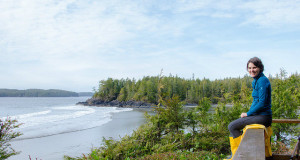

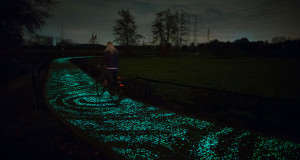
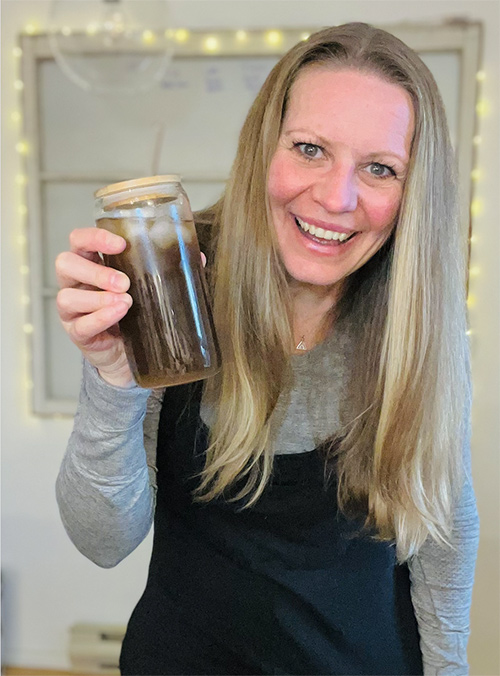
Wow heavy bag 🙂
I was actually going to pick your brain as a recommendation for a camera, I am debating on getting one… just not happy with the picture quality of our Canon 10MP point and shoot right now. Should I go high end point and shoot (ie SX280 Canon) or a lower priced DLSR (ie Nikon 3200)… not sure exactly what I am looking for to get nicely coloured pictures, clear image, and be able to take a picture with no flash and not have it be blurry.. same time, will not be switching out lens or anything 🙂 any tips would be appreciated,. thanks Mariska!!!
Hi Marina,
I’m actually selling my Nikon D90 body right now (same as your sister’s camera). You would need to get a lens for it, but I will connect with you offline about it and we can discuss your point and shoot options as well.
Chat soon! : )
I like to see what others bring with them on trips.
When i was in Costa Rica, I brought a compaq laptop, my rebel (left my 7D at home) but I did bring my 70-200 but left that locked up and hidden if we werent on some guided tour.
Though in our recent 2month adenture I switched over to Nikon 5100 and brought the 35mm 1.8 like yourself, the kit lens and then the 75-300 VR. We also had a Nikon AW1 which we took snorkling and that was fun. Even though I brought my JOby GorillaPod (with ball-head) I wish I had my regular tripod. Ah well!
I will be upgrading to the D7100 at the end of this year 🙂
I missed having my regular tripod too, and will carry one with me on the next trip, I think. But was glad to have the GorillaPod, rather than nothing.
I’m sure you’ll enjoy the D7100! It’s always exciting to get a new toy! 🙂